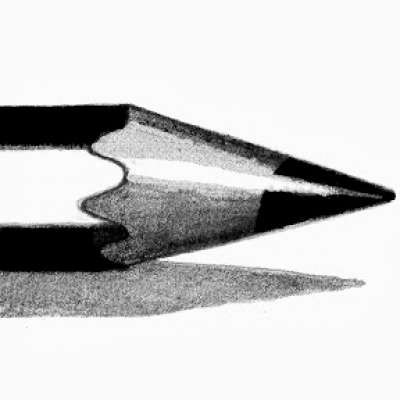How To Draw Fabric Folds: Drawing based on Leonardo da Vinci
Draw fabric folds, based on a drawing by Leonardo da Vinci. SUBSCRIBE: http://www.youtube.com/circlelineartschool for a new art video each week.
Watch Next: How to Draw like Leonardo da Vinci: Head of a Warrior: https://youtu.be/DCRveDlxbrs
Next up: How to Draw a Face: Playlist: http://bit.ly/1bevT1d
Learn a simple way to draw fabric folds with a pencil in this step by step narrated drawing based on a famous drawing by Leonardo da Vinci.
How to Draw Fabric after a drawing by Leonardo da Vinci
Tom McPherson
Circle Line Art School
Leonardo da Vinci was born in 1452 in Vinci in Italy and loved to draw. He kept notebooks which are full of his thoughts and observations in words and sketches.
Leonardo is famous for painting the Mona Lisa, perhaps the most famous painting in the world. It is now in The Louvre in Paris. There are only around fifteen of his paintings that have survived, but there are many of his notebooks and drawings.
He drew whatever he was interested in and drawing was a way for him to understand what he was seeing. Sometimes his drawings are preparatory studies for parts of paintings.
The Drawing in this art video is from 'Drapery Study for a Seated Figure" by Leonardo da Vinci, ca. 1470-75. It is now in The Louvre, Paris.
The materials da Vinci used were a brush and gray tempera highlighted with white on a gray prepared linen canvas. The size of the original is 26.5 x 25.3 cm.
In this drawing you can see Leonardo da Vinci's obsession with how light falls on fabric. The cloth he drew from would have been made wet and then placed on a clay sculpture or mannequin and allowed to dry.
Leonardo da Vinci thought that all artists should keep a notebook or sketchbook to record what they see and notice before they forgot it.
Leonardo da Vinci died in 1519 in Amboise in France.
Links:
Circle Line Art School:
http://www.circlelineartschool.com
The Louvre:
http://www.louvre.fr/en





















